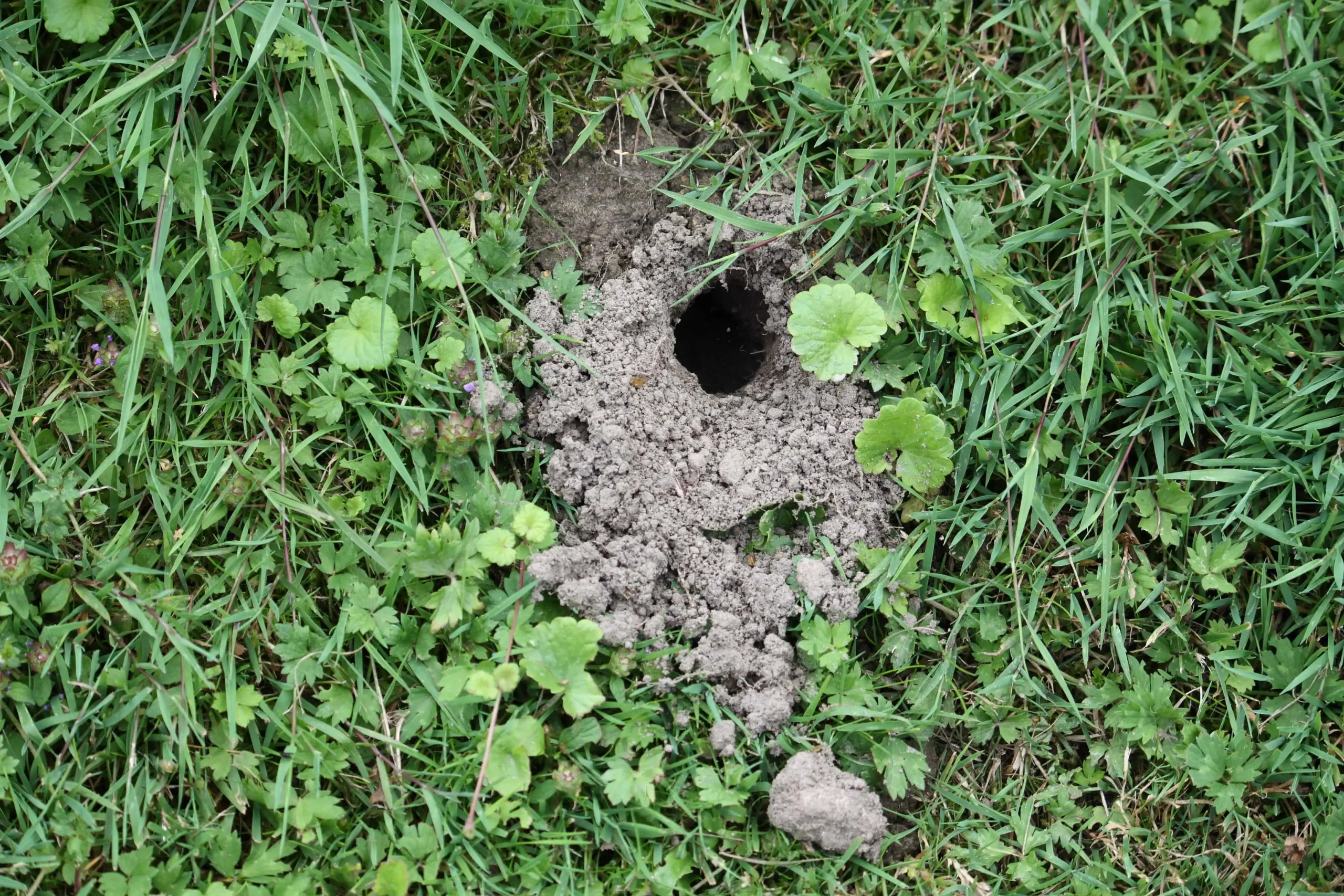Comprehensive Overview to Reliable Vole Pest Control: Problem Identification and Treatment Techniques
In the world of efficient parasite control, vole problems pose an unique obstacle that requires a tactical approach. These small rodents, commonly mistaken for mice, can ruin yards, yards, and plants if left untreated. Determining the indications of vole visibility and applying targeted treatment techniques are essential components of a successful bug monitoring plan. By discovering the subtleties of vole habits, recognizing vital indicators of infestation, and examining a variety of control choices, one can establish a comprehensive technique to deal with these evasive parasites.
Recognizing Vole Habits
Vole habits is defined by their delving behaviors and quick reproduction prices, making them a difficult pest to regulate effectively. These little rats generally develop complex passage systems underground, using them for sanctuary, food storage, and transportation. Voles are herbivores, taking in a range of plants, roots, bulbs, and turfs, which can cause considerable damage to gardens, orchards, and yards. Their fast reproductive rate additional makes complex control efforts, with ladies efficient in creating several trashes in a single year, each consisting of numerous offspring.
Comprehending vole actions is critical for efficient bug control strategies. By recognizing their burrow areas, keeping an eye on feeding areas, and carrying out targeted control approaches, such as trapping or environment alteration, vole invasions can be managed successfully.
Signs of Vole Infestation

Avoidance Methods
Implementing efficient avoidance approaches is essential in decreasing vole infestations and protecting plants from their devastating feeding habits (vole lawn damage). To stop vole infestations, it is important to begin by removing possible food resources and shelter. Keep yard and plants trimmed short, eliminate weeds and particles, and keep a neat yard or grass to make the location less attractive to voles. Setting up obstacles such as equipment towel or underground fence can additionally help prevent voles from entering certain locations. In addition, reducing excess moisture by taking care of leaking pipes and making sure correct drainage can make the environment much less hospitable for voles.
Routinely checking the residential or commercial property for indications of vole task, such as paths and burrow openings, is vital for very early discovery and prompt action. If vole activity is presumed, take into consideration using catches or repellents tactically positioned near their paths.
Non-Lethal Control Approaches
To effectively manage vole populations while prioritizing gentle approaches, non-lethal control strategies offer sensible options for minimizing vole damages in landscapes and yards. These barriers can be hidden at least 12 inches deep and bent at a 90-degree angle to stop voles from tunneling underneath.

Lethal Control Options
One effective method for dealing with vole problems in yards and landscapes includes the tactical use of lethal control alternatives. When encountered with an extreme vole problem that non-lethal click here to read techniques have failed to have, executing lethal control steps ends up being important. On the whole, when using deadly control options, it is essential to do so sensibly and in accordance with local laws to successfully manage vole problems.
Final Thought
Finally, reliable vole insect control calls for a detailed understanding of vole behavior, identification of indicators of invasion, implementation of avoidance strategies, and use of both dangerous and non-lethal control techniques. By combining these strategies, individuals can effectively take care of vole populaces and safeguard their building from damage. It is necessary to attend to vole infestations promptly to stop more issues and decrease the influence on the surrounding atmosphere.
Offered the intricate tunnel systems and quick reproduction prices characteristic of voles, identifying the signs of vole invasion comes to be vital in reliable pest control. One of the main indications of vole presence is the presence of surface area paths or routes in turf or snow, commonly about 1-2 inches large, created as voles take a trip between their burrows and food sources.To properly manage vole populations while prioritizing gentle approaches, non-lethal control strategies offer useful options for decreasing vole damages in yards and landscapes.One reliable technique for dealing with vole infestations in gardens and landscapes involves the strategic usage of deadly control alternatives. vole yard damage.In verdict, effective vole insect control needs a detailed understanding of vole habits, identification of signs of invasion, implementation of prevention approaches, go to this website and application of both non-lethal and dangerous control techniques